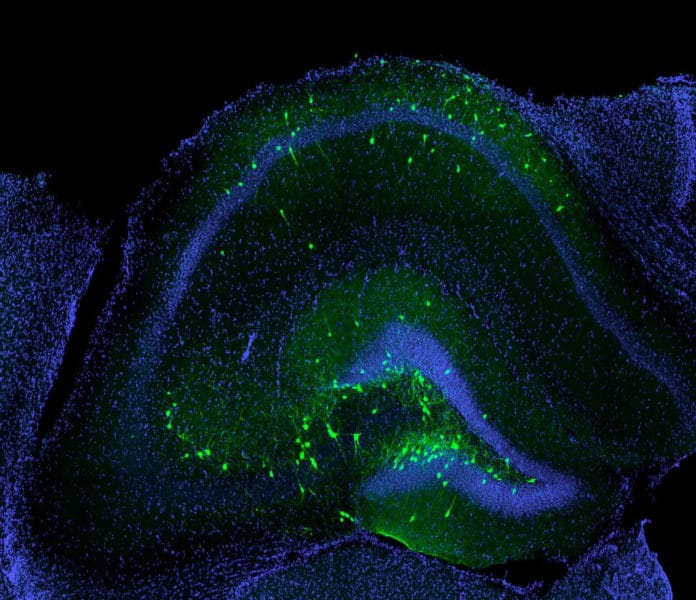The adult mammalian brain has remarkable adaptability, but its capacity to produce new neurons in response to injury is limited. Transplantations of immature projection neurons can re-establish cortical circuits primed by a restrictive lesion with high levels of specificity.
Although promising, a traumatic brain injury (TBI) involves mechanical damage and a wide range of factors inherent to the injury microenvironment that are unfavorable for regeneration.
In a traumatically injured brain, transplanted neurons survive poorly, unable to migrate away from the graft site, differentiate into non-neuronal cells, or remain undifferentiated. People who experience a head injury often suffer from lifelong memory loss and can develop epilepsy.
In a new study, scientists at the UC Irvine transplanted embryonic progenitor cells capable of creating inhibitory interneurons, a particular kind of nerve cell that controls the activity of brain circuits in the brains of mice with traumatic brain injury. They focused on the hippocampus, a brain region liable for learning and memory.
Scientists found that the transplanted neurons migrated into the injury, where they formed new connections with the damaged brain cells and thrived long-term. Within a month after treatment, the mice gave indications of memory improvement, for example, having the option to differentiate between a box where they had an unpleasant experience from one where they didn’t. They had the option to do this similarly, just like mice that never had brain damage.
What’s more, the transplanted cell also prevented the mice from developing epilepsy.
Robert Hunt, an assistant professor of anatomy and neurobiology at the School of Medicine at the University of California, Irvine, said, “Inhibitory neurons are critically involved in many aspects of memory, and they are extremely vulnerable to dying after a brain injury. While we cannot stop interneurons from dying, it was exciting to find that we can replace them and rebuild their circuits.”
First, author Bingyao Zhu, a junior specialist, said, “It was exciting to see the animals’ memory problems come back after we silenced the transplanted cells because it showed that the new neurons were the reason for the memory improvement.”
Hunt said, “So far, nobody has been able to convincingly create the same types of interneurons from human pluripotent stem cells. But I think we’re close to being able to do this.”
Journal Reference
- Zhu, B., Eom, J., & Hunt, R. F. (2019). Transplanted interneurons improve memory precision after traumatic brain injury. Nature Communications, 10(1), 1-12. DOI: 10.1038/s41467-019-13170-w
